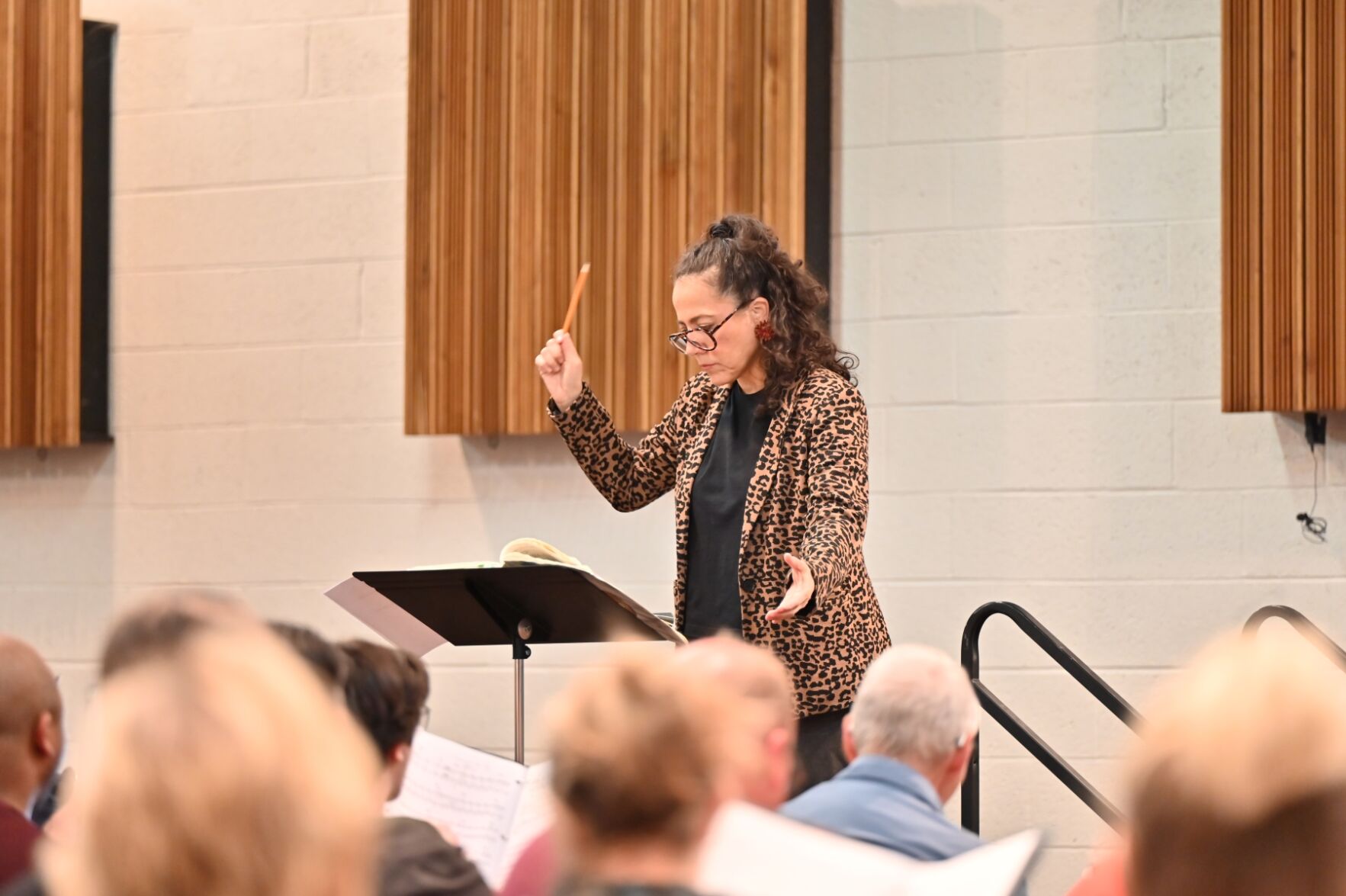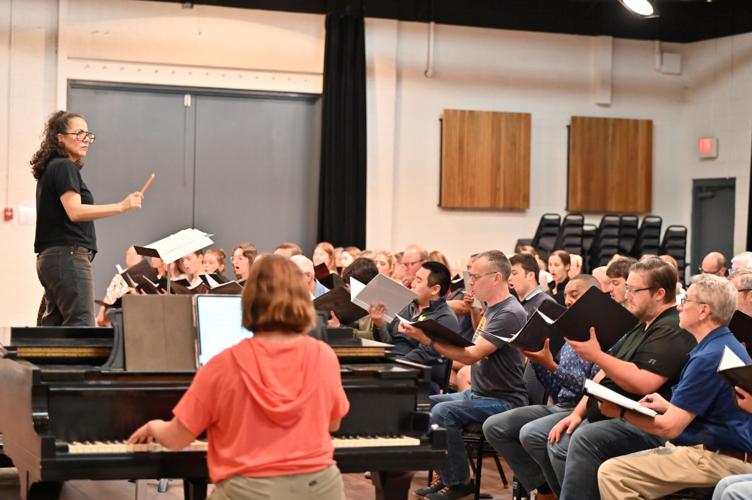José Luis Gomez will conduct his first ever “Carmina Burana” this weekend when his Tucson Symphony Orchestra mounts Carl Orff’s singular choral masterpiece.
He blames it on timing.
His former Italian orchestra programmed the piece one summer when he wasn’t available.
He’s a prolific guest conductor, but rarely does an orchestra give that plum assignment to a guest maestro.
Tucson had a guest conductor at the podium the last time it did the piece in 2016, but that technically doesn’t count since the conductor, Andrew Grams, was auditioning for the role that Gomez landed months later.
“Artistic administrators and orchestras and boards, they would love you to put ‘Carmina Burana’ and Beethoven Nine in every single season, but you shouldn’t repeat yourself too much, and be careful about not being predictable in programming,” Gomez said early this week as he prepared to perform his first-ever “Carmina Burana” with the Tucson Symphony Orchestra Chorus, the Tucson Arizona Boys Chorus and the Tucson Girls Chorus.

Tucson Symphony Orchestra Chorus Director Marcela Molina rehearses with the ensemble before this weekend’s “Carmina Burana” performances.
Guest soloists soprano Ashley Fabian, countertenor Logan Tanner and baritone Octavio Moreno will join more than 200 vocalists and instrumentalists when the orchestra performs the work on Friday, April 4, and Sunday, April 6, as part of the 2025 Tucson Desert Song Festival.
“It’s a really popular piece ... and part of popular culture,” said TSO Chorus Director Marcela Molina, who also is executive director of the Tucson Girls Chorus. “The first movement, ‘O Fortuna,’ everyone will recognize it. ... People are able to kind of tap into that just because it’s familiar.”
Orff composed the cantata in 1935 based on poems from itinerant monks in the 11th or 12th century. The texts deal with the secular pursuits of wealth, drinking, lust, gluttony and gambling, sung in Germanic Latin, German and French.

Carl Orff’s singular cantata “Carmina Burana” is based on medieval poems written by monks in the 11th or 12th centuries. The chorus, under Marcela Molina, left, spent weeks learning the Germanic Latin, German and French texts.
“The piece is just really theatrical. It’s like a scenic cantata, where there’s just a lot of funny, funny satire things,” said Molina, who performed the work a decade ago with the Southern Arizona Symphony Orchestra. “There’s lots of love stories and stories about human desire and also love and also drinking. There’s a lot of drunkenness.”
But Orff set the texts to “well-crafted” music from the 20th century in Orff’s own musical language, which Gomez described as “the language of grandiosity.”
“Everything is big,” he said. “It’s a big chorus, it’s a big orchestra, and the harmonies are very full.”
The orchestra will perform the concert at 7:30 p.m. Friday and 2 p.m. Sunday at Linda Ronstadt Music Hall, 260 S. Church Ave. Tickets are $14-$95 through tucsonsymphony.org.




